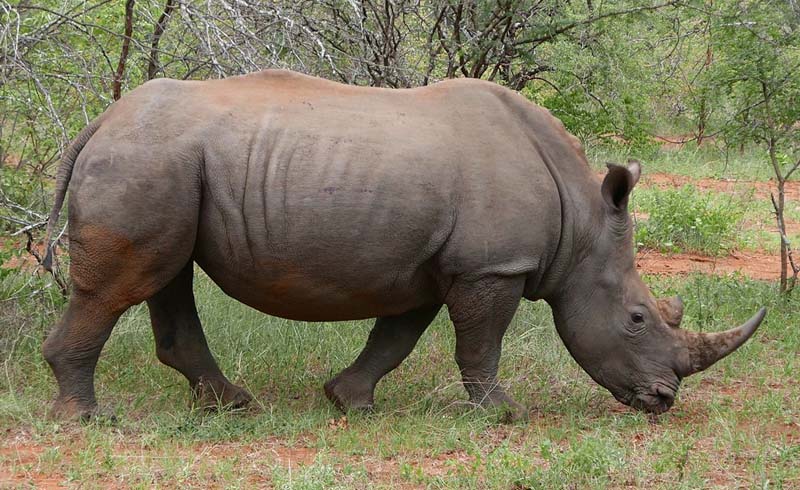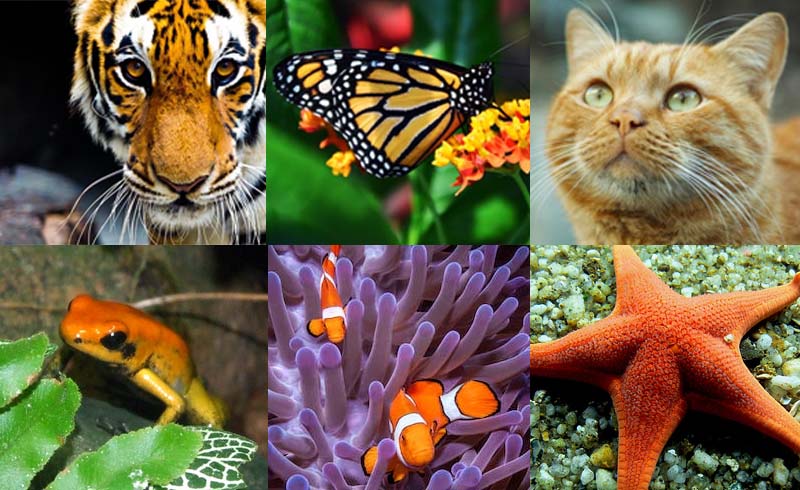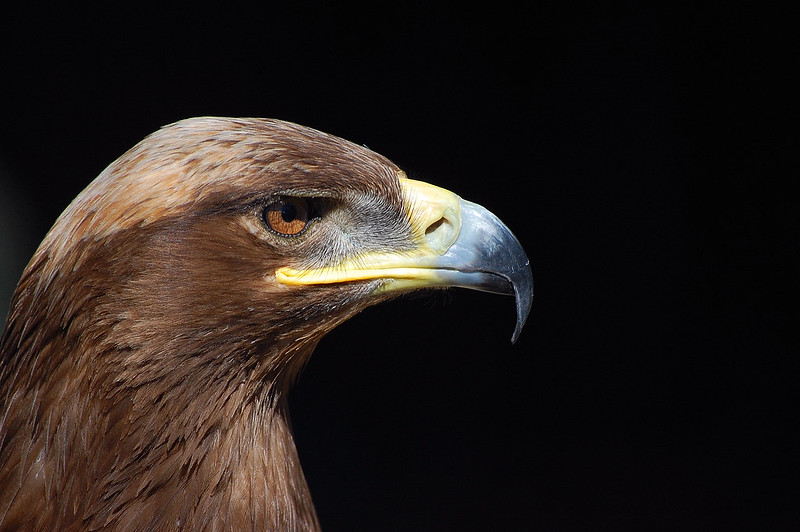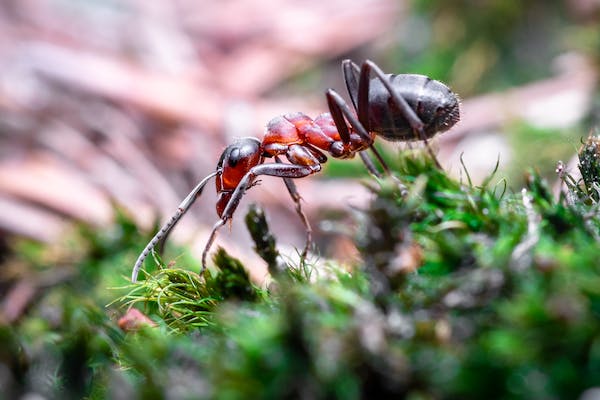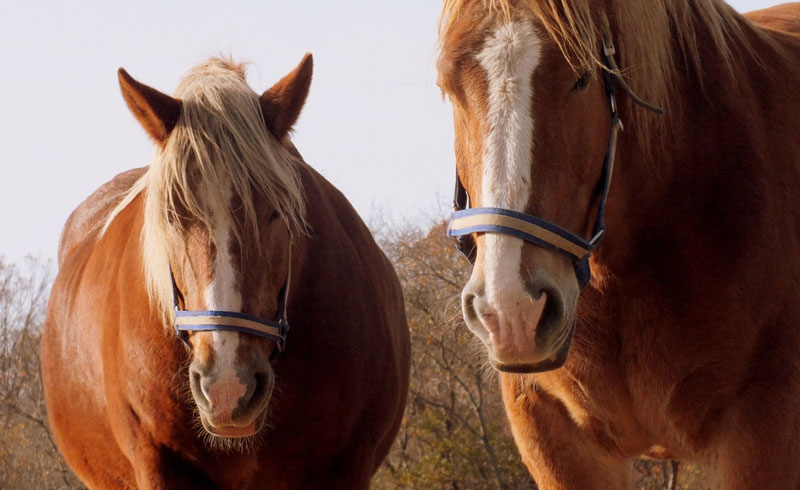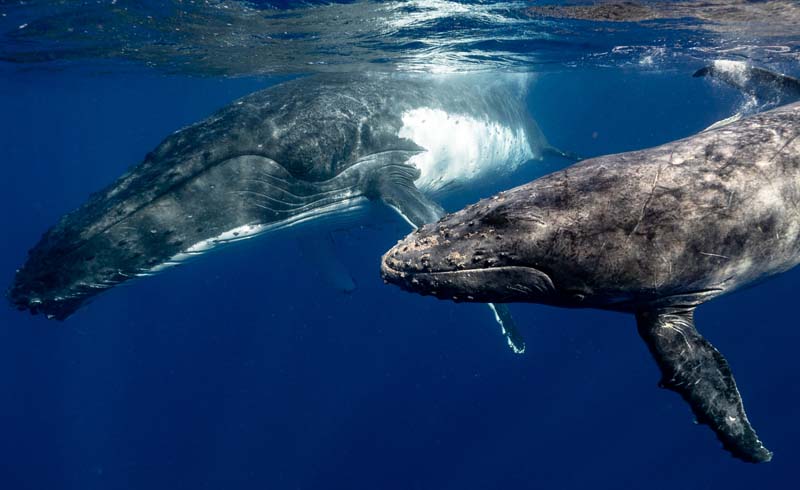White Rhinoceros (Ceratotherium simum)
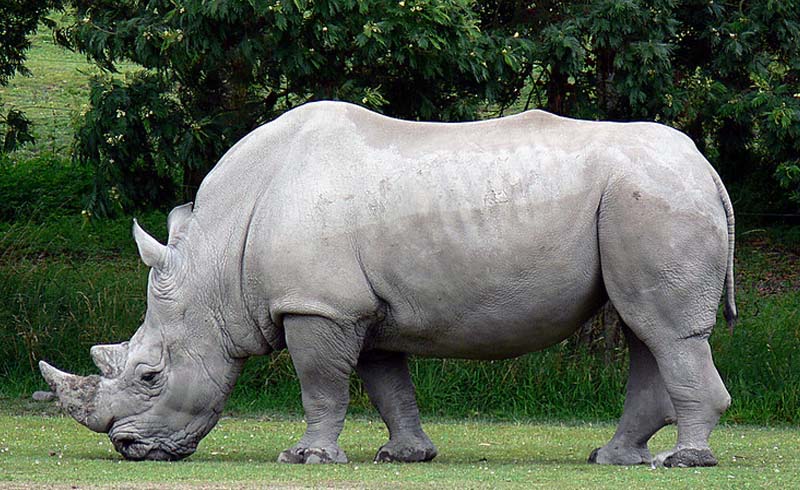
The white rhinoceros is the largest species of rhinoceros and can weigh up to 2,300 kg. It has a robust body and short, thick legs. The white rhinoceros is native to Africa and is mainly found in the savannas and grasslands of southern Africa. It has a square lip that allows it to pick up grass.
It is divided into two subspecies, the northern white rhinoceros (which is considered functionally extinct in the wild) and the southern white rhinoceros, which still exists in small populations in protected areas.
Black Rhinoceros (Diceros bicornis)
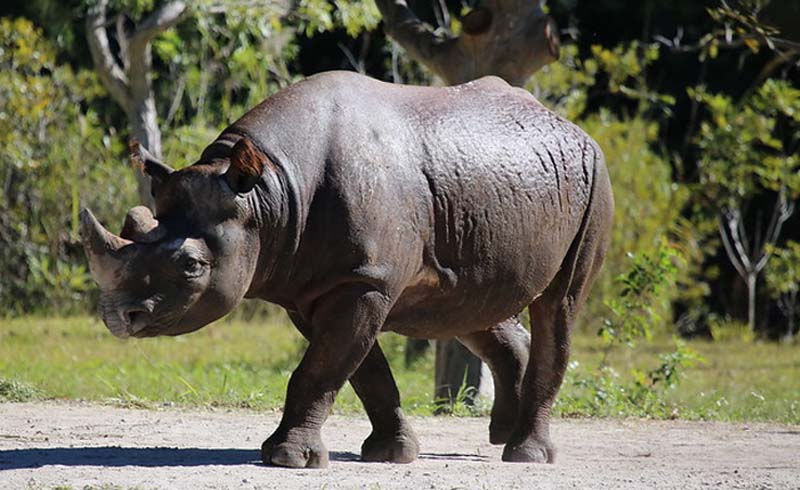
The black rhinoceros is slightly smaller than the white rhinoceros, and has a more prominent hump on its neck. It is native to Africa and is found in shrublands and forests, and can reach speeds of up to 55 km/h.
The black rhinoceros has two horns, one shorter than the other, and its diet consists mainly of leaves, shoots, and tree branches.
The black rhinoceros differs from the white rhinoceros in that it has a prehensile lip that allows it to pull branches off trees, while the white rhinoceros has a square lip that allows it to pick up grass (as we have already mentioned).
Sumatran Rhinoceros (Dicerorhinus sumatrensis)
The Sumatran rhinoceros is the smallest species of rhinoceros and is found on the island of Sumatra in Indonesia. It has two small horns, both of the same length, and wrinkled skin with characteristic folds on the neck.
It is the rarest of the rhinoceroses and is considered critically endangered. The Sumatran rhinoceros differs from the other species of rhinoceros in that it has hair on its body, while the other rhinoceroses have bare skin.
Indian Rhinoceros (Rhinoceros unicornis)
The Indian rhinoceros is slightly smaller than the white rhinoceros and has a single horn on its nose. It is native to the Indian subcontinent, mainly in India and Nepal, and is found in forests and grasslands of the plains.
The Indian rhinoceros has thick, wrinkled skin and a hump on the neck. The Indian rhinoceros differs from the other species of rhinoceros in that it has a single horn, while the white and black rhinoceroses have two horns.
Javan Rhinoceros (Rhinoceros sondaicus)
The Javan rhinoceros is native to Indonesia and Vietnam. It has a short body and robust legs, and has a single horn on its nose. The Javan rhinoceros has thick skin and characteristic folds on the neck. It has a unique head shape that resembles a medieval helmet.
It is considered critically endangered due to poaching and habitat loss.
All species of rhinoceros share certain physical characteristics, such as their thick, wrinkled skin and horns, but each species has unique differences in size, habitat, and physical shape.
It is important to highlight that all species of rhinoceros are endangered due to poaching and habitat loss, and it is essential to take measures to protect and conserve these species.
This includes the implementation of conservation programs, education and awareness about the importance of wildlife conservation, and the fight against poaching and the illegal trade of rhinoceros horns.
It is important that we take measures to protect and preserve the biological diversity of the planet, and rhinoceroses are an emblematic species of the importance of wildlife conservation.
